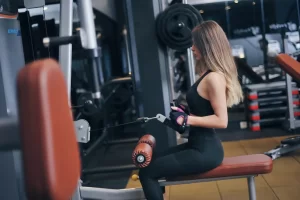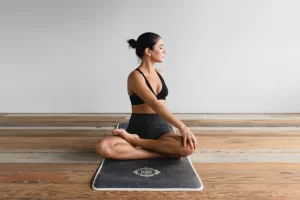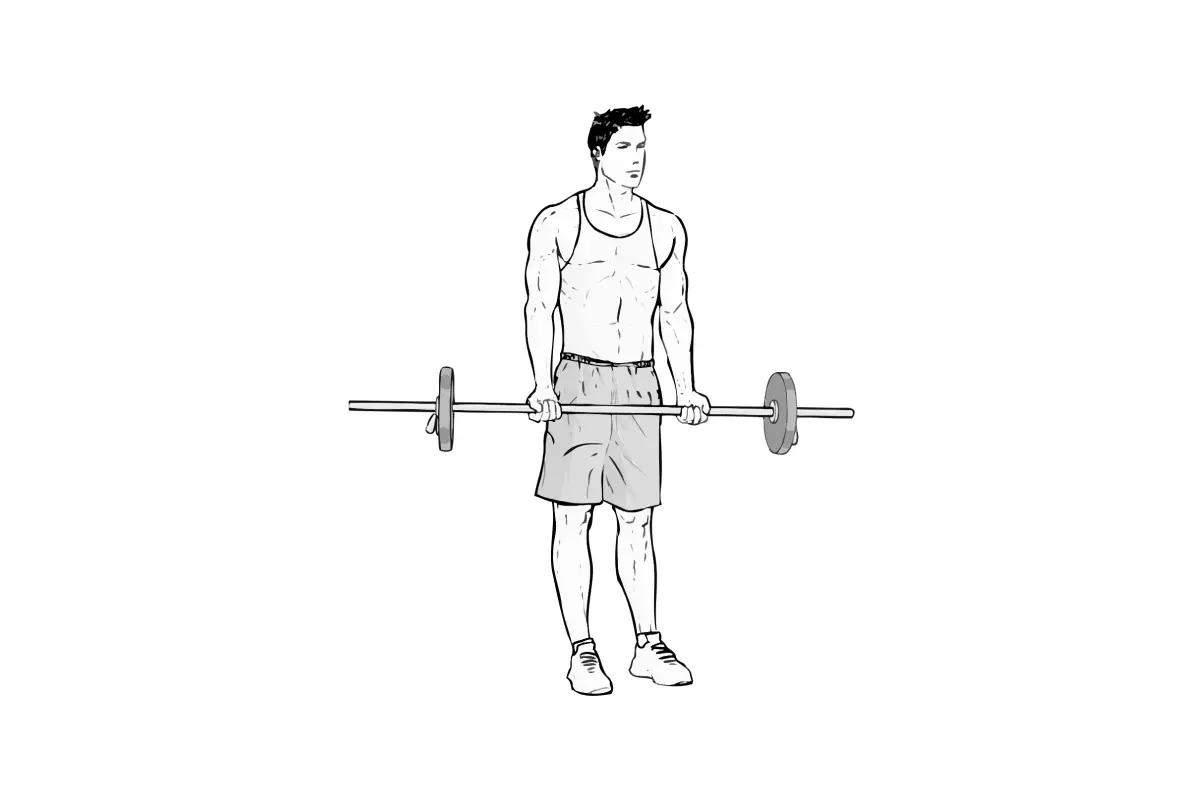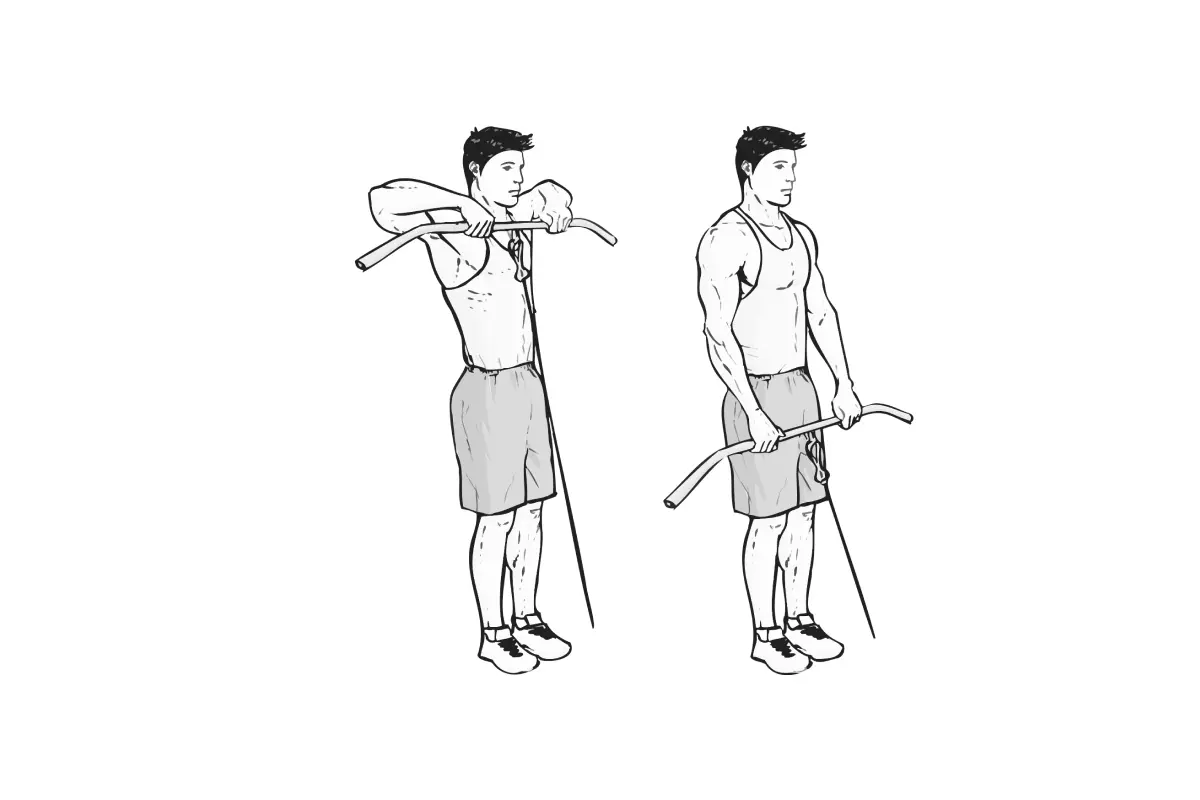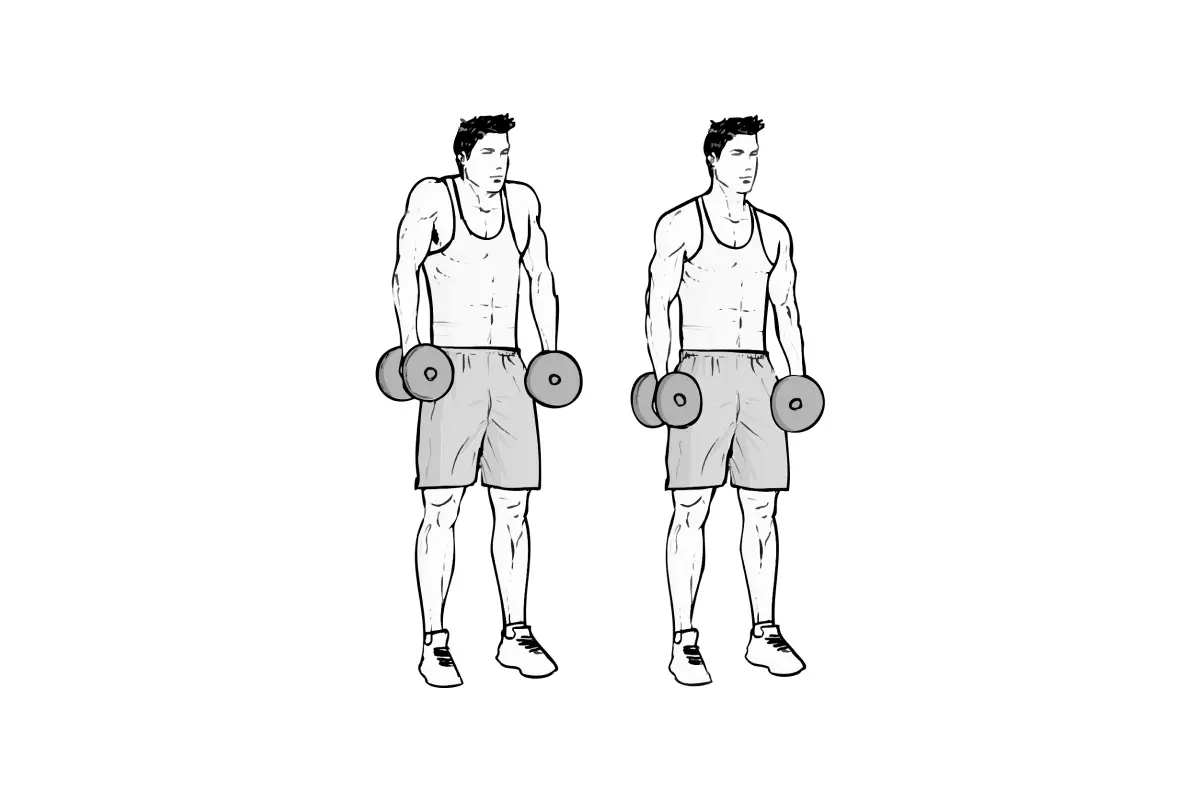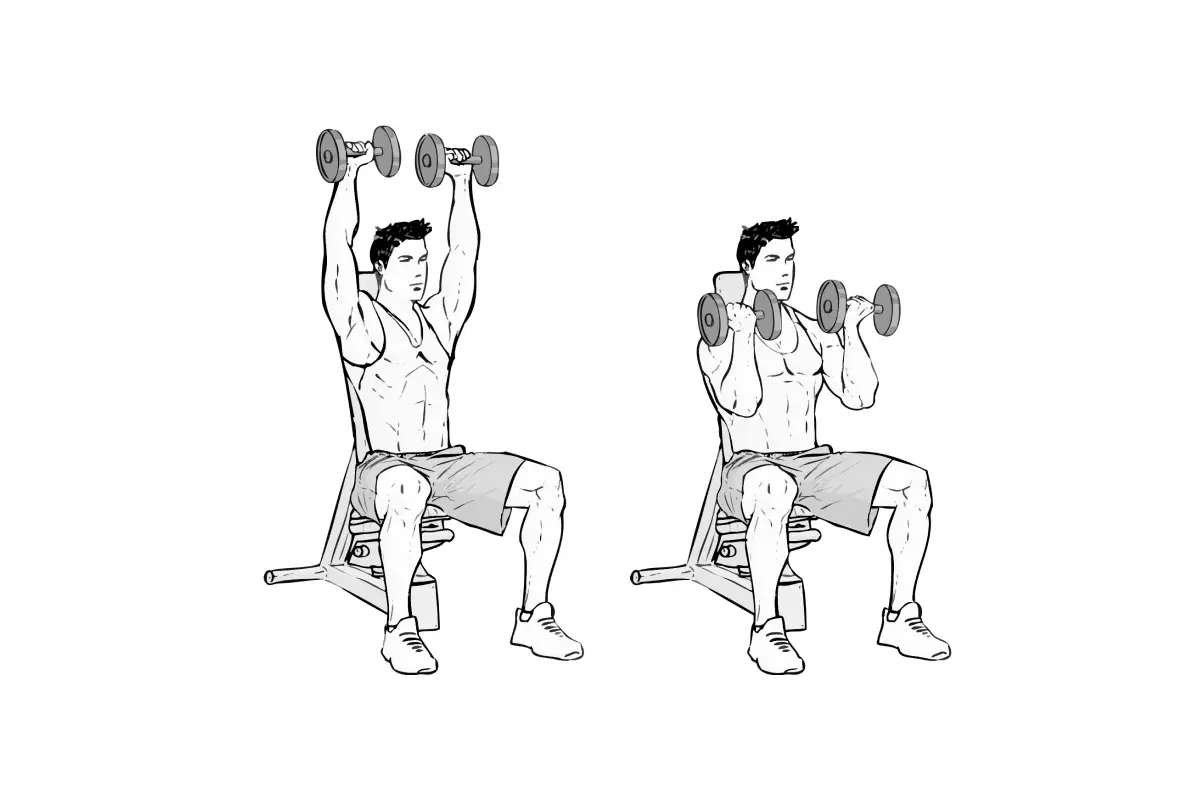Standing biceps curls are a fundamental resistance exercise targeting the biceps brachii, the muscle at the front of the upper arm. Proper form is crucial for maximizing muscle engagement and minimizing injury risk. Here’s a step-by-step guide on how to perform standing biceps curls:
How to do Standing Biceps Curls
Start by standing upright with your feet shoulder-width apart to ensure stability. Then, firmly grasp a barbell with an underhand grip, making sure your hands are spaced shoulder-width apart as well. Your arms should be fully extended downwards, positioning the barbell directly in front of you.
Next, make sure your elbows are tucked closely to your sides throughout the exercise. Your palms should be facing forwards, away from your body, establishing the correct starting position.
Furthermore, while keeping your upper arms stationary, exhale and curl the barbell upwards in a controlled arcing motion. It is essential that only your forearms move during this action. Your upper body and elbows should remain stationary to effectively isolate the biceps.
As you continue, lift the barbell until it reaches shoulder level, making certain your biceps are fully contracted at the top of the movement. Once you’ve reached the peak of the curl, briefly pause and squeeze your biceps deliberately to enhance muscle engagement.
Subsequently, initiate the descent by inhaling and slowly lowering the barbell back to the starting position in a controlled manner. It is crucial to keep the tension in your biceps as you return to the beginning.
Finally, repeat the movement for the desired number of repetitions. It is vital to maintain form and control throughout each rep to maximize the effectiveness of the exercise and prevent injury.
ips for Effectiveness and Safety
- Keep Your Back Straight: Avoid swinging your back or using momentum to lift the weights. The movement should be controlled and originate from your forearms.
- Engage Your Core: Tighten your abdominal muscles throughout the exercise to stabilize your spine and prevent injury.
- Avoid Locking Your Knees: Keep a slight bend in your knees to maintain stability and support your lower back.
- Control the Motion: Perform both the upward and downward phases of the curl slowly and with control. Avoid jerky movements.
- Breathe: Proper breathing helps maintain stability and focus. Exhale as you curl the weights up and inhale as you lower them.
- Progress Gradually: As you get stronger, gradually increase the weight to continue challenging your muscles. However, never compromise form for heavier weight.
By following these steps and focusing on form, you’ll effectively target your biceps for growth and strength improvements while minimizing the risk of injury.


